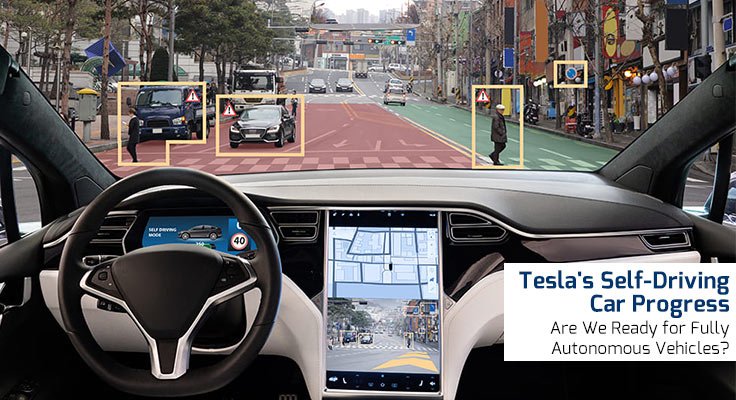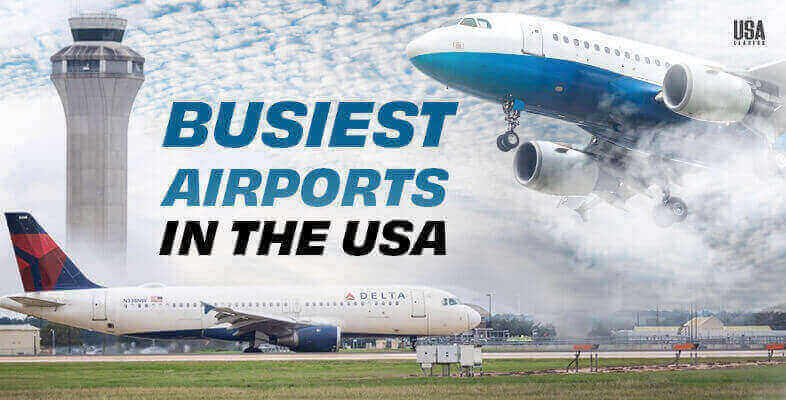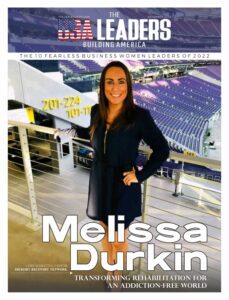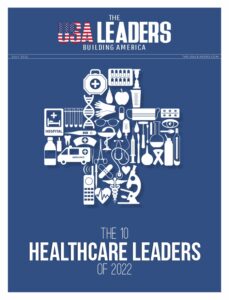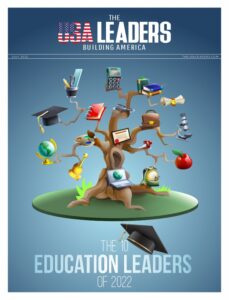The dream of fully autonomous vehicles is closer than ever, thanks to technological advancements led by companies like Tesla. With its Autopilot and Full Self-Driving (FSD) systems, Tesla is at the forefront of developing cars that can navigate without human intervention. But are Teslas self-driving really? And how soon are they going to be this way? Despite rapid progress, we are still far from a future where Tesla self-driving cars dominate the roads.
While AI, sensors, and real-time data processing are making vehicles smarter, several technological, regulatory, and ethical challenges remain. Are we truly ready for a world where humans are no longer in control of their vehicles? This article explores the progress, obstacles, and key considerations in the path toward full autonomy and reports some of the latest Tesla full self-driving news.
Technologies That Bring Autonomous Cars Closer
Tesla’s self-driving efforts are built on AI-driven software, real-time data collection, and advanced hardware, all of which help cars interpret their surroundings, predict traffic behavior, and navigate complex environments. The following breakthroughs bring us closer to a self-driving future:
AI and Neural Networks
Tesla’s Full Self-Driving (FSD) Beta relies on powerful neural networks that continuously improve through machine learning. The more miles Tesla in Europe vehicles drive, the better the AI becomes at:
- Recognizing objects like pedestrians, traffic signals, and road signs.
- Making decisions based on traffic flow and real-world scenarios.
- Improving driving accuracy without human intervention.
Tesla’s AI-driven Dojo supercomputer further accelerates this process, allowing faster training of its self-driving models.
Advanced Sensor Suite
Unlike other autonomous vehicle companies that use LiDAR (Light Detection and Ranging), Tesla relies solely on:
- Cameras for 360-degree vision.
- Radar and ultrasonic sensors for distance detection.
- AI processing to interpret environmental data.
This vision-based approach mimics human perception, making Tesla’s technology unique in the industry.
Real-Time Data Processing and Over-the-Air Updates
Tesla vehicles are constantly connected to the cloud, allowing for:
- Instant software updates that improve self-driving features.
- Crowdsourced data collection, helping Tesla refine AI models.
- Fleet learning, where insights from one Tesla benefit all others.
This means that Tesla cars are always evolving, becoming smarter and safer with every mile driven.
Current Obstacles to Full Autonomy
Despite significant progress, full autonomy is not yet a reality. Many obstacles must be addressed before self-driving vehicles can operate safely without human intervention.
Regulatory and Legal Hurdles
Governments worldwide are struggling to create laws and regulations for self-driving vehicles. Some key concerns include:
- Liability issues: Who is responsible in case of an accident—Tesla, the software, or the driver?
- Safety standards: Should autonomous vehicles be required to meet higher safety benchmarks than human-driven cars?
- Infrastructure compatibility: Roads, signs, and city planning must adapt to accommodate self-driving technology.
Until these legal frameworks are established, widespread deployment of fully autonomous vehicles remains uncertain.
Unpredictable Road Scenarios
Tesla’s self-driving system performs well in structured environments but still struggles with:
- Complex urban settings with unpredictable pedestrian and cyclist behavior.
- Extreme weather conditions, such as heavy rain, snow, or fog, which can disrupt camera vision.
- Unusual driving scenarios, such as construction zones or emergency situations requiring human intuition.
Human drivers rely on intuition and experience, while AI still struggles with unexpected real-world challenges.
Public Trust and Ethical Dilemmas
Even if Tesla perfects its self-driving technology, public perception remains a significant barrier. Concerns include:
- Fear of machine error: Some people are uncomfortable trusting AI with their lives.
- Ethical decision-making: How should an autonomous car react in a life-threatening situation? Who does it prioritize? Is Tesla autopilot legal after all?
- Transition from assisted driving to full autonomy: Many drivers misuse Tesla’s FSD and Autopilot, raising safety concerns.
Until trust and understanding improve, mass adoption of fully autonomous vehicles will remain slow. People still hav more trust in services that are provided manually, just like WoW power leveling from trustworthy providers, with no cheats or bots used.
Real-Life Examples: Baidu and Waymo Robotaxis
While Tesla continues refining its self-driving technology, other companies have already launched autonomous robotaxi services.
Baidu’s Apollo Go (China)
Baidu, China’s tech giant, has rolled out Apollo Go, a driverless taxi service operating in cities like Beijing and Wuhan.
- Fully autonomous rides in restricted areas.
- Operates with LiDAR, high-definition maps, and AI systems.
- No safety driver required in some locations.
Despite its success, Apollo Go is limited to specific routes and well-mapped environments, proving that even the most advanced robotaxis still face limitations.
Waymo (USA)
Waymo, owned by Google’s parent company Alphabet, has been testing self-driving taxis in cities like Phoenix and San Francisco.
- Uses LiDAR, radar, and advanced AI.
- Fully autonomous rides are available for passengers.
- Expanding into more urban areas.
Waymo’s success shows autonomous driving is possible, but only under carefully controlled conditions. Scaling this to global adoption remains a major challenge.
What Might Happen Next?
The road to full autonomy is uncertain, but experts predict a few possible outcomes:
Gradual Autonomy Instead of Full Automation
Instead of jumping straight to fully driverless cars, automakers will likely introduce:
- More advanced driver-assist features to reduce accidents.
- AI copilots that improve safety but still require human drivers.
- Geofenced self-driving zones, such as robotaxi services in select cities.
Better AI and Sensor Technology
Future developments may include:
- AI improvements to better predict human behavior.
- New sensor technology beyond cameras and LiDAR.
- Improved real-time learning, making self-driving cars more adaptable.
Stronger Regulations and Public Acceptance
- Governments will eventually create clear rules for self-driving vehicles.
- As self-driving tech proves its safety, public trust will grow.
- More cities will adopt autonomous transportation solutions.
Tesla’s progress in self-driving technology has pushed the industry forward, but full autonomy is still a work in progress. While AI-driven vehicles are already being tested in controlled environments, unpredictable real-world conditions, legal barriers, and public trust remain major obstacles.
Over the next decade, self-driving features will improve, and we may see more robotaxis and autonomous driving zones. However, fully autonomous vehicles replacing human-driven cars on a global scale is still years away. The future of self-driving cars is promising — but patience is key.
Also Read: Explore Dubai Like a VIP: Top Luxury Car Rentals for Tourists


